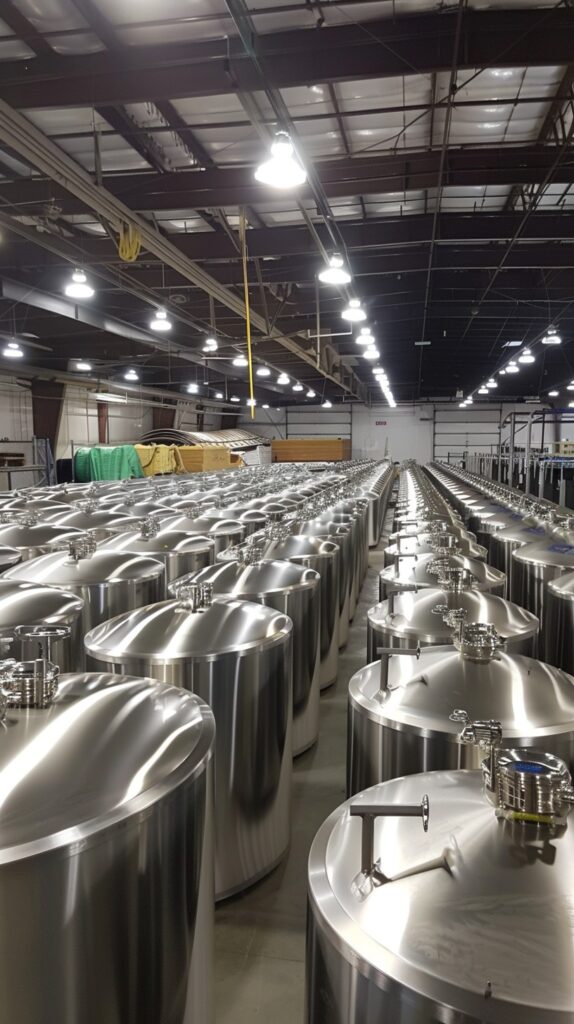
Metal corrosion can lead to costly maintenance and reduced lifespan of industrial equipment. To combat this, metal coatings provide an additional layer of protection, enhancing durability, appearance, and resistance to environmental factors. In this blog, we explore different types of metal coatings used in industrial applications and their benefits.
1. Galvanizing
Galvanizing involves coating steel or iron with a layer of zinc to prevent rusting. The zinc coating acts as a protective barrier and is particularly effective in preventing corrosion from moisture and oxygen exposure.
Advantages of Galvanizing:
- Long-Lasting Protection: Provides a durable, long-lasting shield against corrosion.
- Cost-Effective: Galvanized coatings are generally affordable and widely used in construction.
- Minimal Maintenance: Once applied, galvanized coatings require minimal upkeep.
For more on galvanizing standards, refer to BIS Standards for Galvanized Steel.
2. Powder Coating
Powder coating involves applying a dry powder to the surface of the metal, which is then heated to form a hard, protective layer. This method offers an aesthetic finish as well as enhanced resistance to corrosion and scratches.
Advantages of Powder Coating:
- Highly Durable: Powder coating is resistant to chipping, scratching, and fading.
- Eco-Friendly: The process releases fewer volatile organic compounds (VOCs) compared to other coatings.
- Aesthetic Versatility: Available in a variety of colors and finishes, allowing for customized aesthetics.
3. Anodizing
Anodizing is an electrochemical process primarily used on aluminum. It increases the natural oxide layer on the metal surface, enhancing corrosion and wear resistance. Anodizing also allows for coloring without affecting the metal’s surface properties.
Advantages of Anodizing:
- Improved Corrosion Resistance: Especially suitable for aluminum in marine and outdoor environments.
- Coloring Options: Anodized finishes can incorporate colors that resist UV damage.
- Low Maintenance: Provides a smooth, easy-to-clean surface.
For further details on anodizing standards, see ISO Standards for Anodizing Aluminum.
4. Hot-Dip Aluminizing
Hot-dip aluminizing involves dipping steel into molten aluminum, which provides a protective coating. This process is particularly useful in environments with high temperatures and heavy corrosion risks, such as furnaces and chimneys.
Advantages of Hot-Dip Aluminizing:
- High-Temperature Resistance: Can withstand high temperatures, making it ideal for industrial applications.
- Superior Corrosion Protection: Provides excellent resistance to oxidation and sulfur compounds.
Choosing the Right Coating for Your Application
Selecting the right metal coating depends on the application’s environmental exposure, desired aesthetics, and maintenance needs. Galvanizing is ideal for construction materials, powder coating works well for machinery with aesthetic requirements, and anodizing is best suited for aluminum components in corrosive environments.
Need Expert Advice on Metal Coatings?
Stelco provides a range of coating options for various industrial applications. Contact us to discuss the best solution for your specific needs.